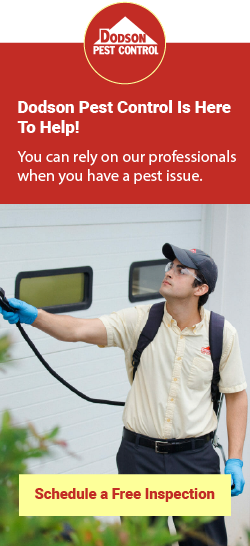Why Flying Bugs Are Attracted to Artificial Light
By reducing the amount and/or changing the color of outside light, you can drastically reduce the attraction of insects and other pests to the home. One of the three most common long-distance attractants to insects is lighting. These insects navigate by keeping themselves aligned at a certain angle relative to a light source as part of a phenomenon known as dorsal light response. Night-flying insect species navigate by moon and starlight to maintain their sense of direction and balance, but exterior lighting confuses them.
Artificial lighting is brighter to them than natural sources and radiates light on all sides. Since your lighting emits light in multiple directions, the insect simply cannot keep the light source at a constant angle, as it does with the moon. Plus, artificial light sources are much closer than stars and the moon, which may impact an insect’s perception of what light to follow at night.
Besides insects, many other pests will visit your home to feast on the abundance of insects. Frogs, spiders, and bats are just a few potential pests that can set up shop at your home. They can reduce the number of bugs attracted to light on your property, but many people do not want them to impact their homes, either.





